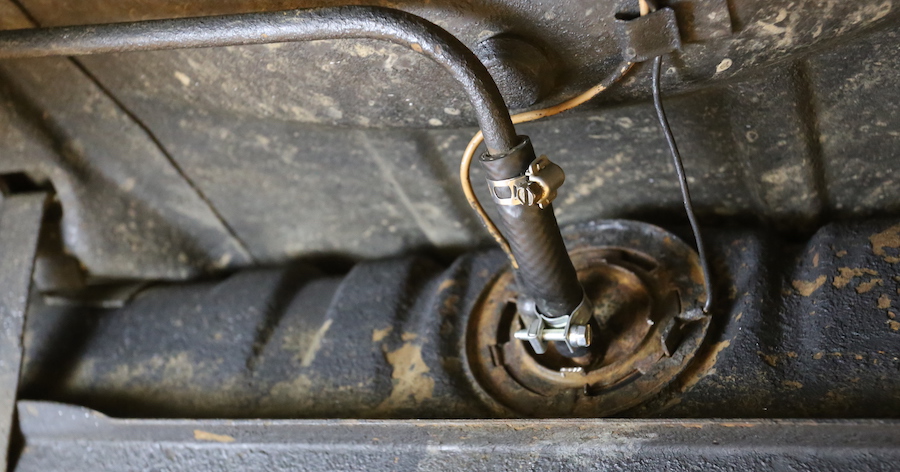I’m sure you didn’t wake up this morning thinking about the fuel lines on your classic car. Maybe you should have.
Most American cars utilize sections of rubber fuel line in several locations to allow engine and chassis movement — typically between the fuel tank and the carburetor supply line, from the hard line on the frame to the fuel pump, and sometimes between the pump and the carburetor as well. That’s fine in most cases — but what isn’t fine is the average age of those lines.
I’m willing to bet, unless your classic has been restored, at least one of those lines is at least two decades old, dried out, and hard as a rock. When’s the last time you got under the car and looked at the hose that plugs into your fuel tank’s sending unit?
And no, those of you who have completely restored cars aren’t out of the woods, either. Today’s modern ethanol fuels are really good at accelerating the deterioration of rubber lines, so you might find that a rubber fuel line you replaced just a year or two ago is now as crispy as an original because of the fuels found at today’s pumps. Those, too, need to be checked and replaced on a regular basis.
Why is this a problem? Well, hard, cracked lines lead to leaks, and depending on where the line is, those leaks can lead to a variety of conditions, from smells and no-starts to an engine fire. None of that is good, the minimal trouble in inspecting or swapping those small sections of rubber line is a small price to pay for peace of mind that your fuel is staying where it’s supposed to be.
So this weekend, have a look at your fuel lines — make sure they’re still pliable and in good shape, and if not, plan to replace them before they become a problem.
